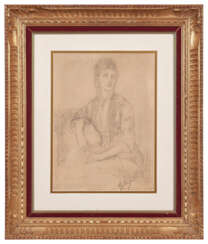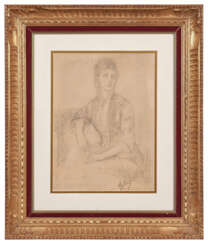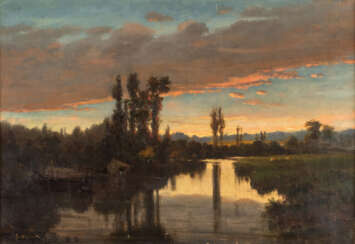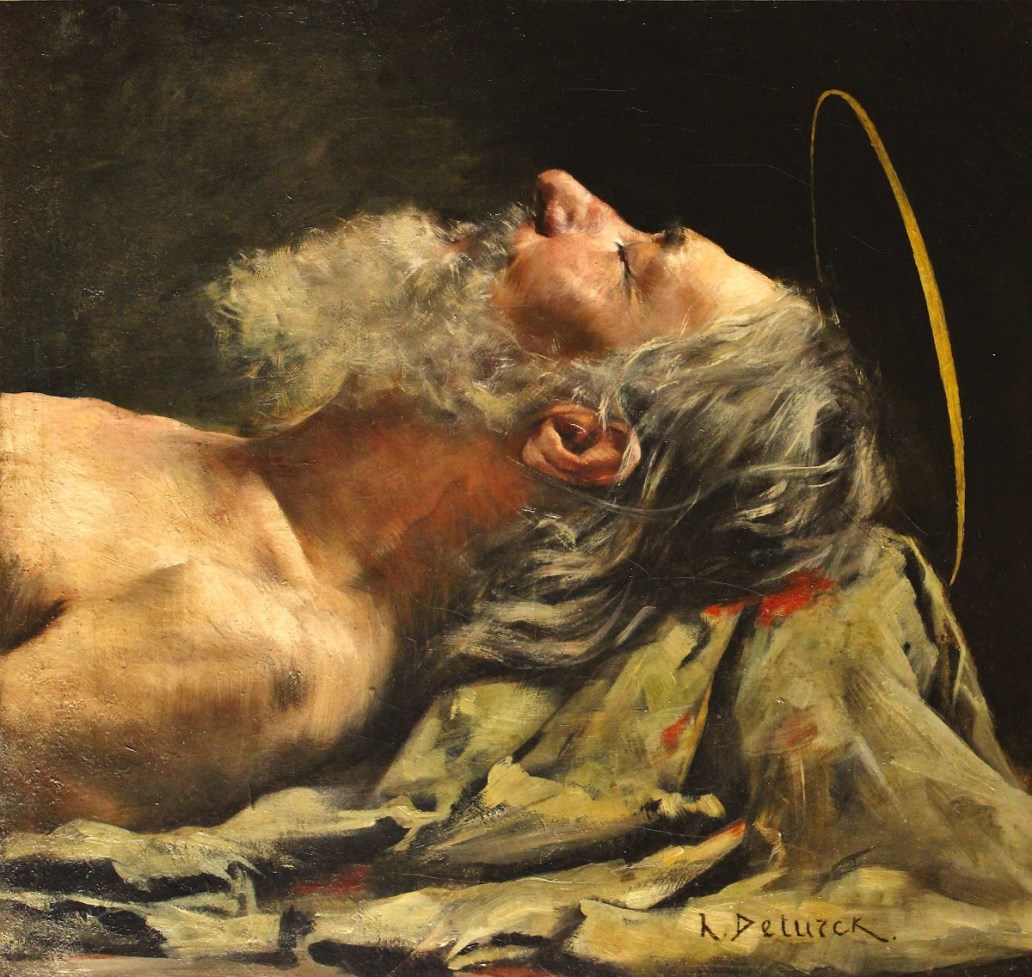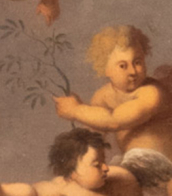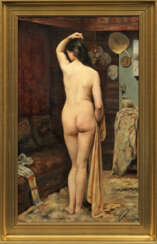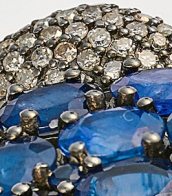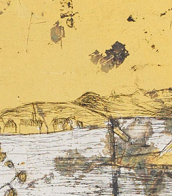alexandre cabanel (1823 - 1889)
.jpg)
Alexandre Cabanel was a distinguished French painter, celebrated for his refined and idealized representations of classical and historical subjects. Born in Montpellier in 1823, he rose to prominence through his skillful integration of detail and romanticized aesthetics, typical of the academic art tradition of the 19th century.
Alexandre Cabanel's art was characterized by its exceptional polish and precision, qualities that earned him numerous accolades and the favor of important patrons, including Napoleon III. Perhaps his most renowned work, The Birth of Venus, epitomizes the lush idealism of his style. First showcased in the 1863 Salon, this painting captivated audiences and was promptly acquired by Napoleon III, underscoring Cabanel's central role in the artistic preferences of the Second Empire.
Throughout the 1860s, Alexandre Cabanel's influence expanded as he took on significant roles, such as a professorship at the École des Beaux-Arts, and his election to the Institut de France. His career was marked not only by his successful paintings but also by his active participation in the Paris Salons, where he often served as a jury member, advocating for traditional art standards against the emerging Impressionist movement.
Alexandre Cabanel was also a notable teacher, mentoring a generation of artists who would carry forward his academic principles. His workshop was a pivotal training ground for many who would become significant figures in their own right.
For collectors and art experts, Alexandre Cabanel's work remains a pinnacle of academic artistry, encapsulating the era's ideals of beauty and craftsmanship. To stay updated on exhibitions and auction events featuring Cabanel's works, consider signing up for specialized newsletters and alerts.
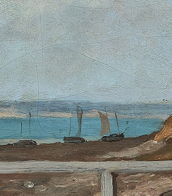
.jpg)
Alexandre Cabanel was a distinguished French painter, celebrated for his refined and idealized representations of classical and historical subjects. Born in Montpellier in 1823, he rose to prominence through his skillful integration of detail and romanticized aesthetics, typical of the academic art tradition of the 19th century.
Alexandre Cabanel's art was characterized by its exceptional polish and precision, qualities that earned him numerous accolades and the favor of important patrons, including Napoleon III. Perhaps his most renowned work, The Birth of Venus, epitomizes the lush idealism of his style. First showcased in the 1863 Salon, this painting captivated audiences and was promptly acquired by Napoleon III, underscoring Cabanel's central role in the artistic preferences of the Second Empire.
Throughout the 1860s, Alexandre Cabanel's influence expanded as he took on significant roles, such as a professorship at the École des Beaux-Arts, and his election to the Institut de France. His career was marked not only by his successful paintings but also by his active participation in the Paris Salons, where he often served as a jury member, advocating for traditional art standards against the emerging Impressionist movement.
Alexandre Cabanel was also a notable teacher, mentoring a generation of artists who would carry forward his academic principles. His workshop was a pivotal training ground for many who would become significant figures in their own right.
For collectors and art experts, Alexandre Cabanel's work remains a pinnacle of academic artistry, encapsulating the era's ideals of beauty and craftsmanship. To stay updated on exhibitions and auction events featuring Cabanel's works, consider signing up for specialized newsletters and alerts.
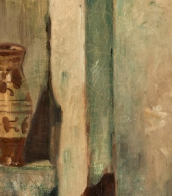

Henri Matisse, a renowned French visual artist, was celebrated for his vibrant use of color and fluid, original draughtsmanship. Born on December 31, 1869, in Le Cateau-Cambrésis, France, Matisse initially pursued a career in law before turning to art. He first began painting in 1889, a change inspired by convalescence art supplies his mother provided. This marked the beginning of a journey that would see him become a leading figure in modern art.
Matisse's career is notable for its stylistic evolution yet consistent aim to capture the "essential character of things." His early works, characterized by intense colorism, earned him recognition as one of the Fauves, or "wild beasts." The period from 1908 to 1913 was marked by significant developments, with works like "Reclining Odalisque" and "The Red Studio" showcasing his mastery in balance and serenity. In the 1920s, his style evolved to more relaxed forms, with a focus on light, color, and decorative patterns in paintings like his odalisque series.
Matisse's exploration of various mediums, including sculpture and paper collage, reflects his innovative spirit. His later years were dominated by cut paper collages, as health challenges limited his ability to paint. These works, alongside his bold drawings and sculptures, cemented his status as a pioneer in visual art.
For collectors and art experts, Matisse's work remains a testament to creative evolution and expressive use of color and form. His masterpieces can be found in prominent museums and galleries worldwide, continuing to inspire and fascinate art enthusiasts.
To stay updated on new product sales and auction events related to Henri Matisse's art, sign up for our updates. This subscription will keep you informed about opportunities to appreciate and acquire works connected to this iconic artist.

